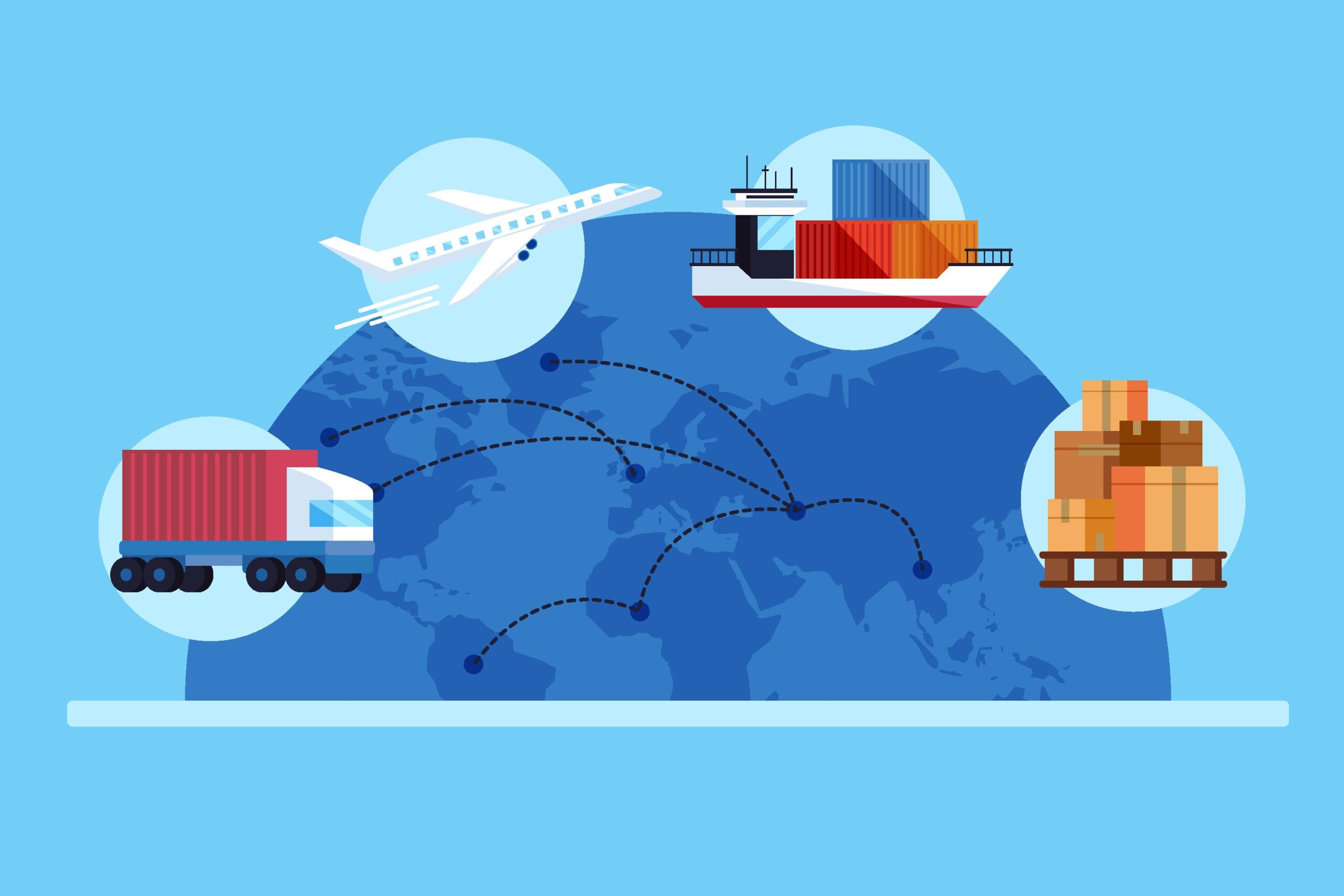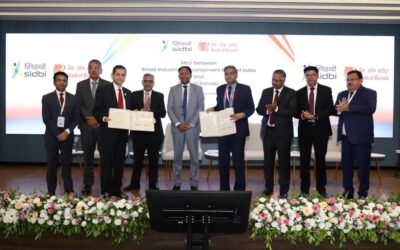Indian MSMEs Betting Big on Exports Amid Global Challenges

India’s Micro, Small, and Medium Enterprises (MSMEs) are scripting a remarkable story of resilience and global ambition. Despite facing a highly volatile external environment marked by geopolitical conflicts, tariff wars, disrupted supply chains and pandemic aftershocks these enterprises have embraced exports as a powerful growth engine.
According to a recent study by SMERA Ratings, the number of exporting MSMEs has skyrocketed nearly threefold in just four years, rising from 52,849 in 2020–21 to an impressive 1,73,350 in 2024–25. This exponential rise reflects not just a numerical leap but also a strategic shift in India’s MSME landscape, where businesses are increasingly looking outward to secure long-term growth and resilience.
Equally striking is the growth in export value. MSME exports jumped from ₹3.95 lakh crore in 2020–21 to ₹12.39 lakh crore in 2024–25, signalling a strong global demand for Indian products and services. Micro and small enterprises form the backbone of this surge, contributing 91% of exporting units and around 60% of total MSME export value. Medium enterprises, though fewer in number, account for about 9% of export earnings, highlighting the dominance of smaller players in international trade.
Engines of India’s Export Growth
MSMEs are active across more than 6,000 product categories, supplying to both domestic and global markets. Their reach spans sectors like food processing, auto components, pharmaceuticals, biotechnology, engineering goods, textiles, handicrafts, metals and minerals, leather products, rubber goods, defence manufacturing and sporting goods. On the services side, MSMEs contribute significantly to IT and consultancy, banking, auditing, aviation, education, healthcare, tourism, transportation and e-commerce. This diversity not only cushions the sector against shocks in any single industry but also positions India as a versatile supplier in global trade.
Sankar Chakraborti, Chairman of SMERA and MD & CEO of Acuité Ratings & Research, underlined this dynamism, stating that even in the face of international wars, tariff disputes and shifting geopolitical alignments, Indian MSMEs continue to impress with their growing export orientation. He emphasized that while Indian MSMEs may be smaller in size compared to global peers, they compensate through their sheer numbers, adaptability and ability to innovate under pressure.
Rising Economic Contribution
The study highlights the growing economic significance of MSMEs. Their Gross Value Added (GVA) contribution increased steadily from 27.3% in 2020–21 to 29.6% in 2021-22 and further to 30.1% in 2022-23. This upward trajectory signals their rising role in India’s economic engine. More importantly, MSMEs collectively sustain nearly one-third of India’s GDP, two-thirds of employment and almost half of the country’s foreign exchange earnings. Without this sector, India’s growth momentum would falter drastically.
The Resilience Factor
The resilience of Indian MSMEs has been repeatedly tested over the past few years. From supply chain breakdowns during the COVID-19 pandemic to the ripple effects of wars and global recessions, these enterprises faced prolonged disruptions. Yet, they adapted with agility diversifying markets, innovating product lines and exploring digital trade channels. Their ability to not just survive but expand in global markets demonstrates the entrepreneurial spirit that defines India’s MSME sector.
Challenges That Persist
Despite their remarkable performance, MSMEs continue to face structural hurdles that limit their ability to scale further. A significant barrier is access to growth capital. Many enterprises roll over profits into working capital, leaving little room for capacity expansion or international market development. Delayed payments from buyers, coupled with difficulties in securing formal credit, exacerbate this challenge.
High costs of land, logistics, and electricity add further pressure, while compliance burdens from tax filings to multi-department clearances drain both financial and human resources. For smaller firms, these regulatory and cost-related challenges often slow down expansion plans, making it harder to compete with global giants that operate at scale.
While the hurdles are real, the trajectory of Indian MSMEs in exports is undoubtedly promising. To fully unlock their potential, policymakers and financial institutions will need to address the twin challenges of affordable financing and simplified regulatory frameworks. Strategic interventions in infrastructure, logistics and digital trade facilitation can give these enterprises a sharper competitive edge in international markets.
The success of Farmer Producer Organisations (FPOs) offers a lesson here scaled through collective strength, better infrastructure, and institutional support; they became sustainable revenue generators. A similar model could help MSMEs transition from fragmented exporters into organized, globally competitive players integrated into global value chains.
India’s MSMEs are betting big on exports, not merely as an opportunity but as a necessity in an uncertain domestic and global environment. Their ingenuity, numbers and resilience have already propelled them into a stronger global role. If backed by supportive policies, accessible finance and streamlined compliance, these enterprises can transform into powerful drivers of India’s export-led growth story, positioning the country not just as a production hub, but as a global innovation and trade leader.











